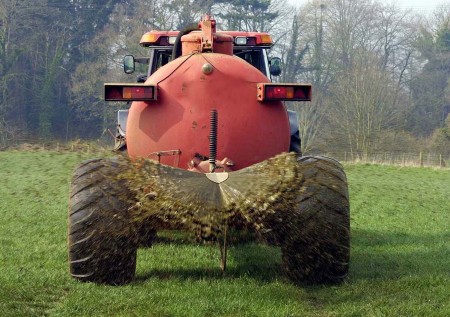
ALL TOO often accused of whinging and complaining, it seems farmers have reason to be cheerful if figures just relesaed on wages increases are anything to go by.
It suggests that farming incomes across the North have rocketed by an astonishing 12 per cent in the past year.
It wasn’t the only surprise in the figures released by the Department of Enterprise: wages across the board have risen by 5.4 per cent – the largest annual increase since 2004, that’s despite the fact two out of five workers here in Fermanagh still earn less than the living wage.
The latest Annual Survey of Hours and Earnings shows the median weekly wage across the North is now £429 in the private sector and £501 in the public sector. This is in contrast to recent figures from Fermanagh and Omagh District Council that showed nearly 40 per cent of the workforce in Fermanagh – around 18,000 – earned less than the living wage of £7.85 an hour.
Fermanagh MP Tom Elliott said he did not believe the DETI figures were reflective of the reality for many workers here in the county. “I don’t know how they calculate these statistics,” he said. “It’s possible that some industries have seen an increase in their workload in the past year, not across the board. It could also be that the top earners saw their wages go up, and that could’ve had an impact on the over all statistics. I don’t see a huge amount of people seeing on increase in their wages in Fermanagh.”
The survey showed those employed in the education sector earned the most, with a median weekly wage of £708 per week, while wages for those in agriculture, forestry and fishing had shown the largest increase at 12 per cent, with administration and support services coming in second best at 11.3 per cent, and construction wages improving by 10.1 per cent.
Eugene McGrade from farming body NIPA said he was “very surprised” to hear wages had improved so vastly in the agriculture sector and said such increases were not being seen by farmers in Fermanagh.
“There is somewhat of an anomaly there in that the dairy sector saw a spike in prosperity this year, but it has gone through the floor again. The dairy sector is really struggling now,” said Mr McGrade, who said next year the figures will not look as healthy.
“Lamb prices have fallen, it’s been a bad year for sheep, and beef is also on the decline with prices certainly lower than last year,” he continued.
“The only other thing I can see contributing to these figures is poultry, which has remained steady, but I believe this increase may be coming from the brief spike in dairy, which has now gone.”
Posted: 4:45 pm November 29, 2015








